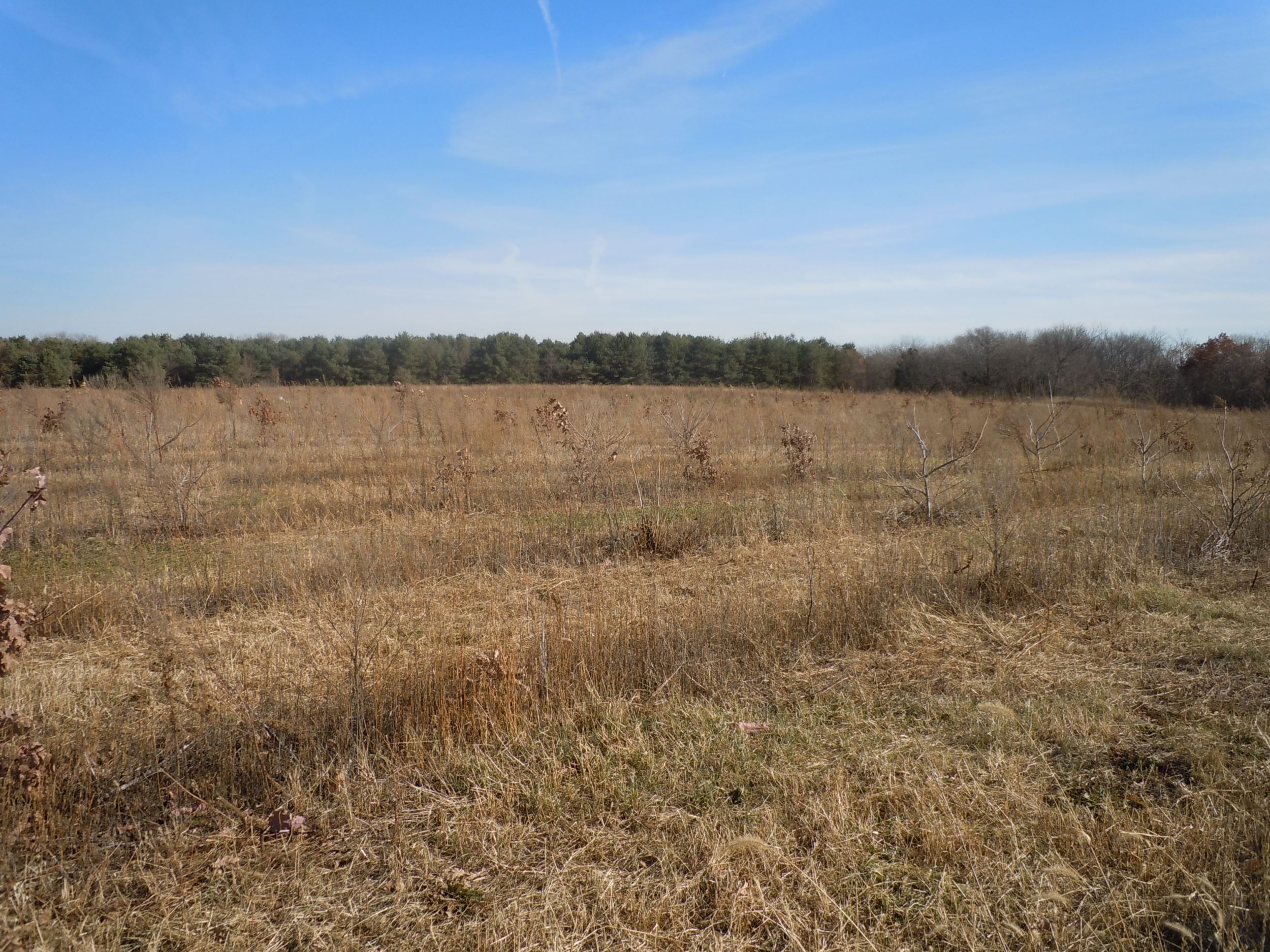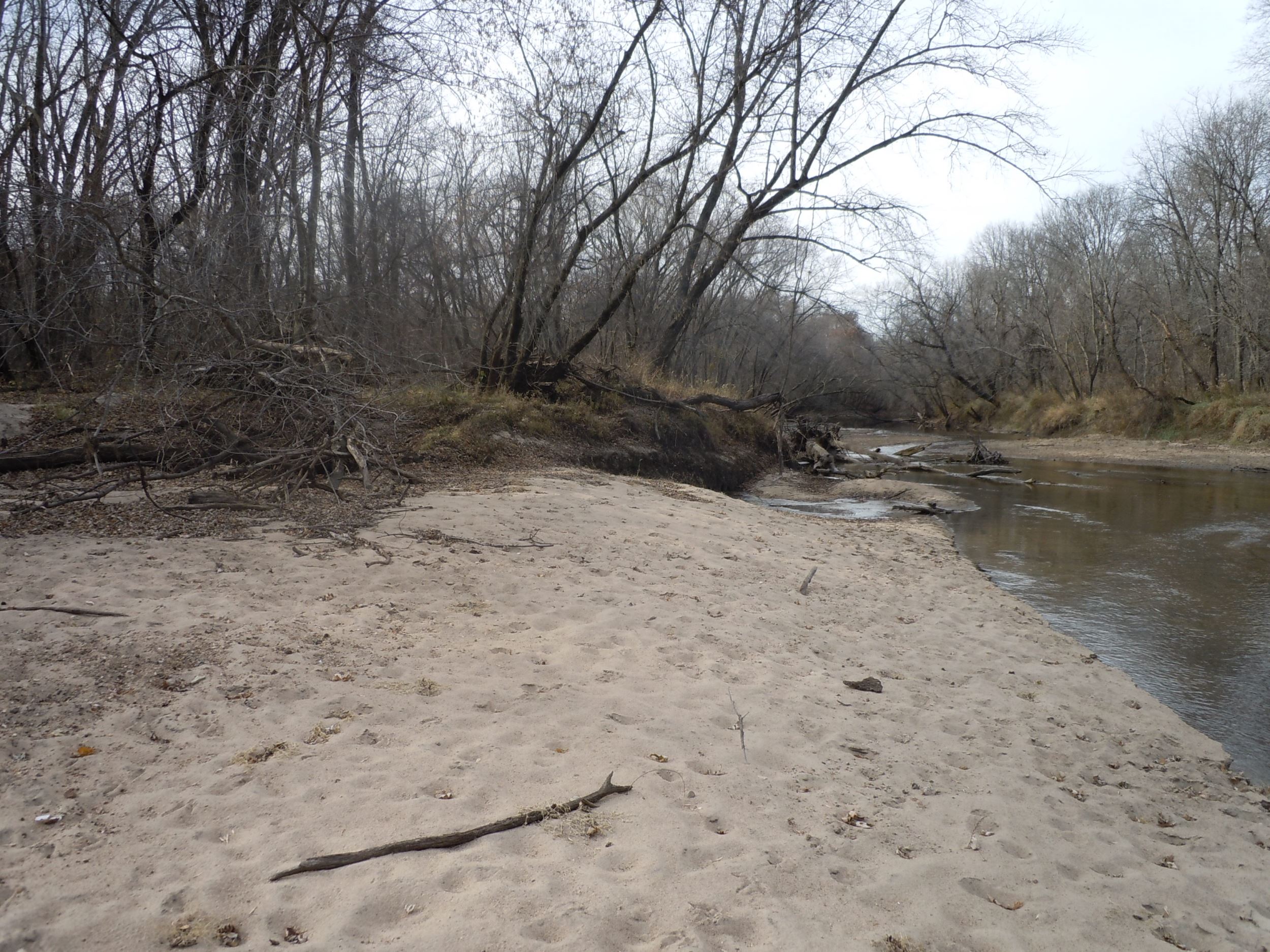As Nature Intended
By Sarah LeBlanc on June 27, 2018 in Landowner Stories

Between the melodic rippling of the Little Wapsipinicon River and the call of eagles overhead, it isn’t hard to understand why Norm and Susan West have worked tirelessly to ensure that their piece of Buchanan County land remains permanently protected.
The Wests have spent their lives nurturing a passion for conservation. Since buying their property in 1985, they have managed to preserve native timber, wetland, and prairie as ideal habitats for wildlife.
In 2013, the Wests permanently protected 145 acres of their land through a conservation easement with the Iowa Natural Heritage Foundation, prohibiting the construction of roads, buildings or other disruptions to the natural state of the land while keeping it in private ownership.
The sprawling natural landscape is decorated with pockets of upland and riparian woodlands, oxbow wetlands and reconstructed prairie. Bullsnake, sandhill crane, northern harrier and red-headed woodpecker are several species of 12 considered to be of greatest conservation need that call these varied habitats home.
“We feel that our property is uncommonly good wildlife habitat – the large area of timber, the river, the creek, the slough, the many food-bearing species, the isolation from roads and houses,” Norm said. “We believe it's a treasure that should be guarded.”
Located in the Wapsipinicon River Bird Conservation Area, the property is popular for numerous bird species. They nest in the trees and often visit the Wests’ yard, where Susan takes joy in feeding them. The Wests have also seen larger animals such as deer, coyote, fox and badger in different areas on the land.
With such diversity in landscape, the Wests have more than one priority when it comes to their goals for the land.
“Soil erosion should be virtually non-existent, thus protecting water quality,” Norm said. “Runoff or infiltration of fertilizer and chemicals should be virtually non-existent. We can't clean up pollution from other places, but hopefully we can prevent adding to it.”
Improving water quality is a crucial goal for the Wests. They’ve planted about 65 acres of trees on former cropland, beginning over 25 years ago on the steepest slopes. They’ve also established small areas of prairie, and before retiring from farming, they established five grassed waterways and a filter strip. Now all former cropland is in nature conservation. During this transition from former farm fields, 90 acres of native timber has remained undisturbed.

Featuring almost a mile of the Little Wapsipinicon River and located near other conservation areas managed by the Buchanan County Conservation Board, the Wests have helped shape the future of the land. Susan hopes to restore the area to “natural succession,” as opposed to intervention to achieve human ideals such as oak-hickory or savanna. Norm would like to see it used to educate younger generations on the importance of environmental conservation work and the beauty of nature.
By permanently protecting the land, the Wests are making a statement that, for them, conservation is more important than profit. Their biggest project was in 2011 when they put the last of their cropland into the Conservation Reserve Program and planted 39,000 trees. The trees were planted with wildlife in mind, with several species producing fruit or nuts. Bur oak, walnut, swamp oak and black oak are among the 40 species growing under the Wests’ supervision.
Living in the midst of a landscape left as nature intended, among species that rely on the preservation of this habitat for their survival, it’s easy to understand why the Wests take such pride in the land they are protecting.